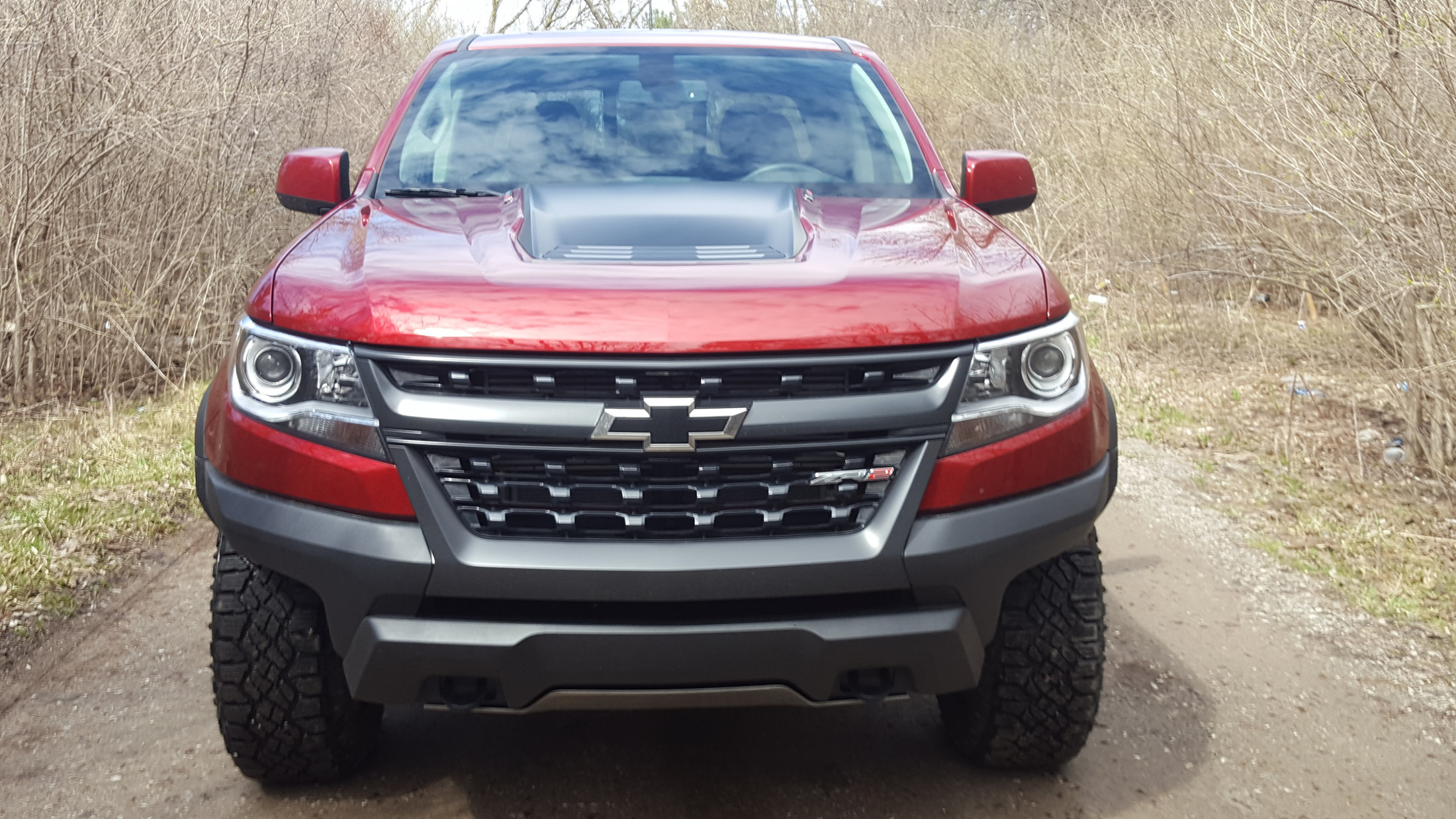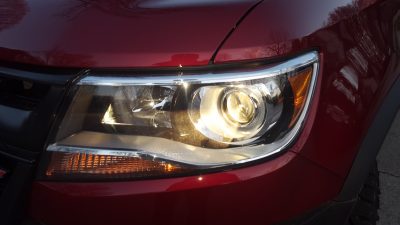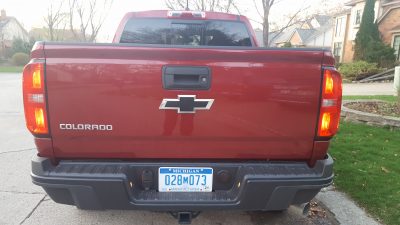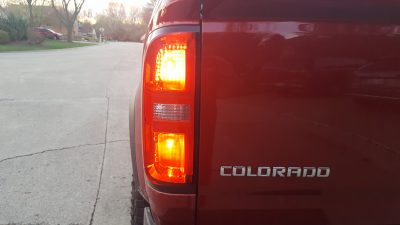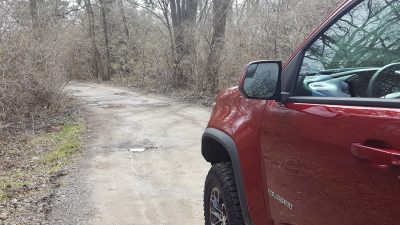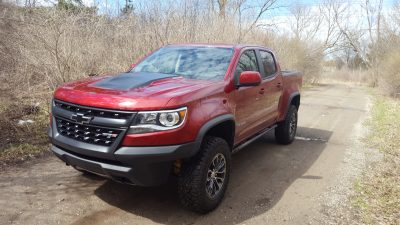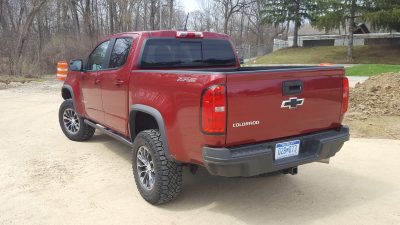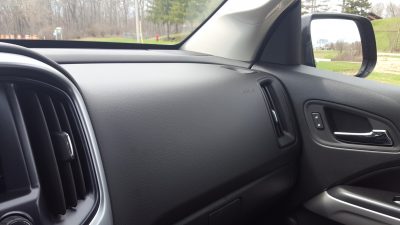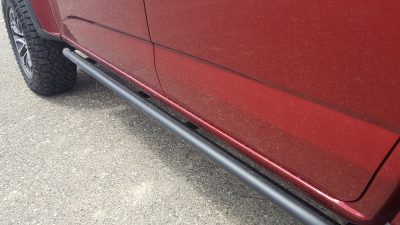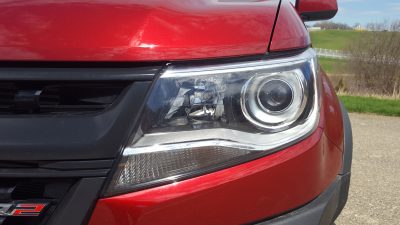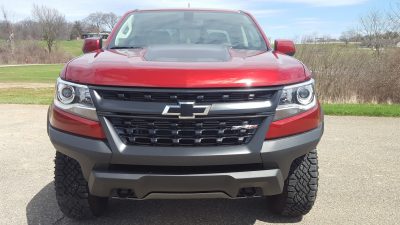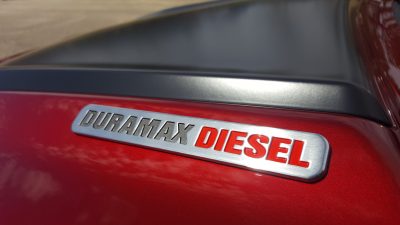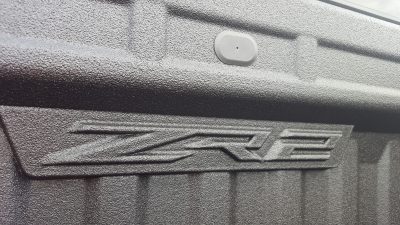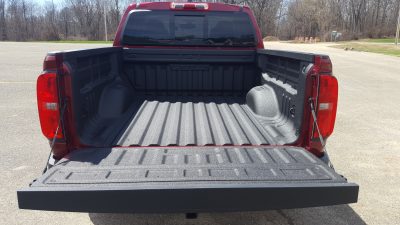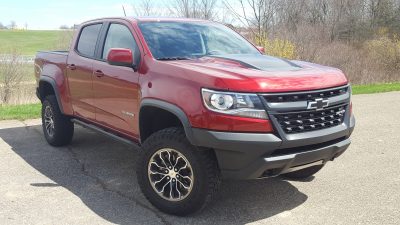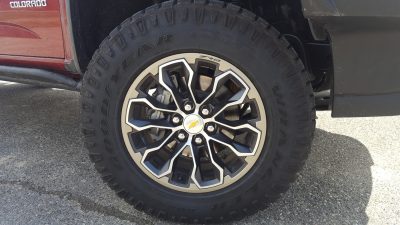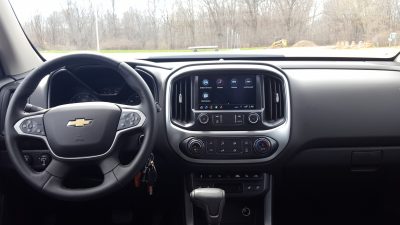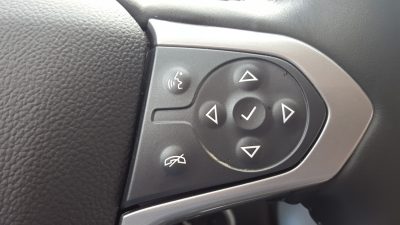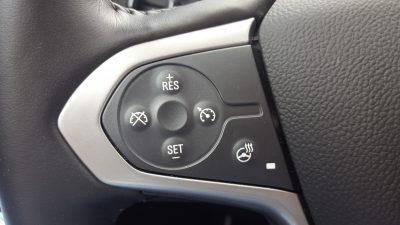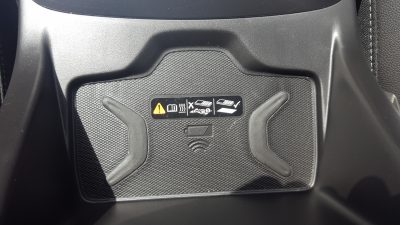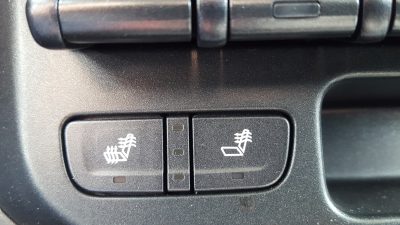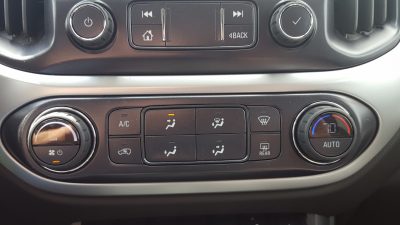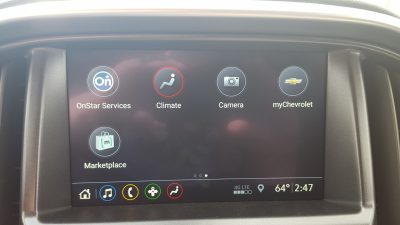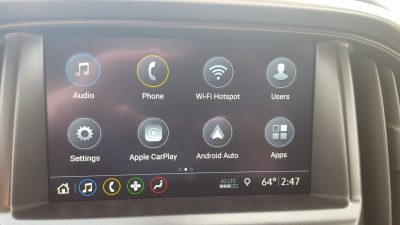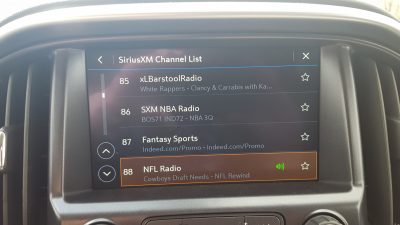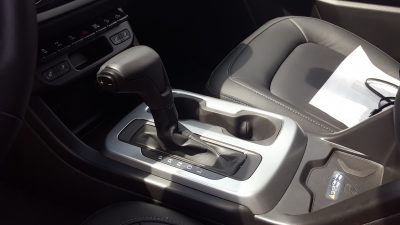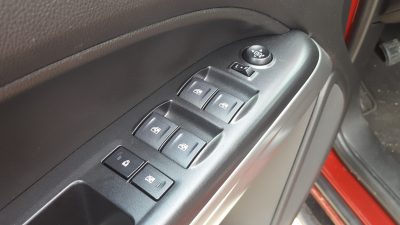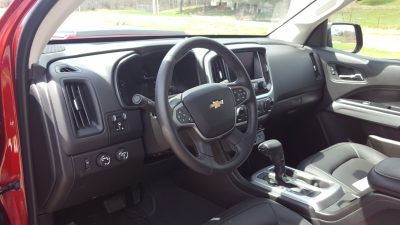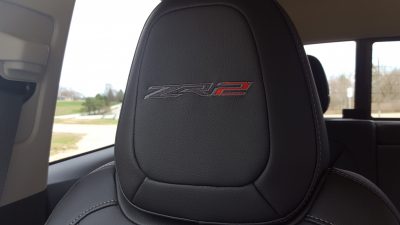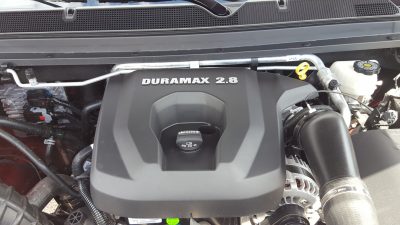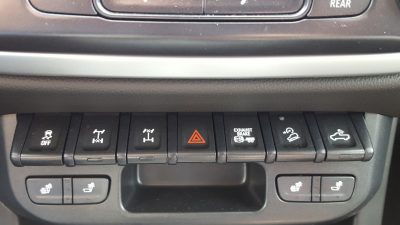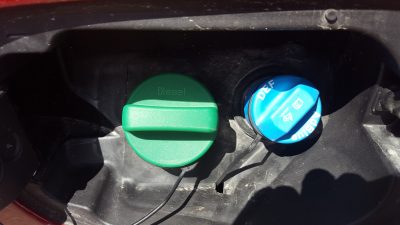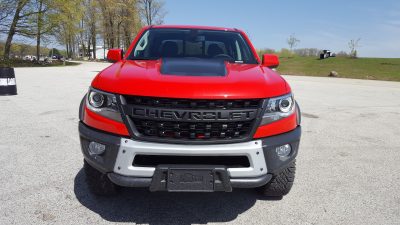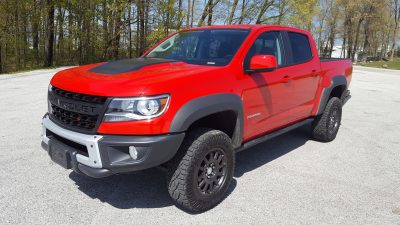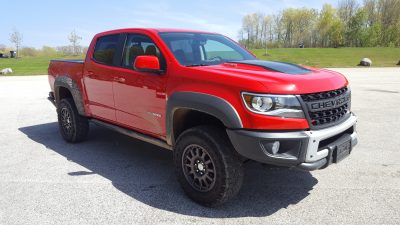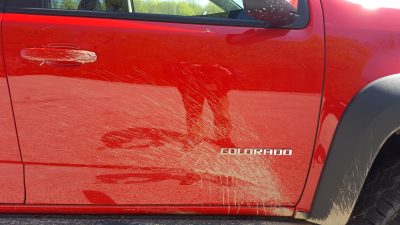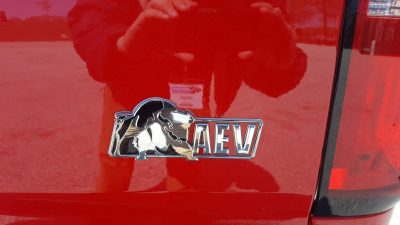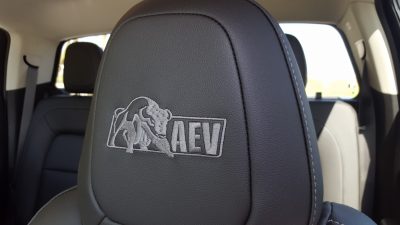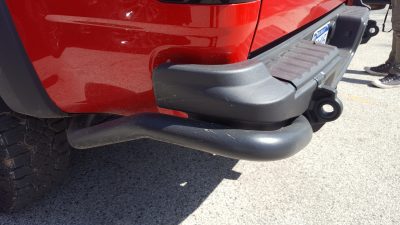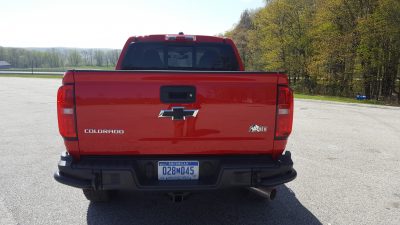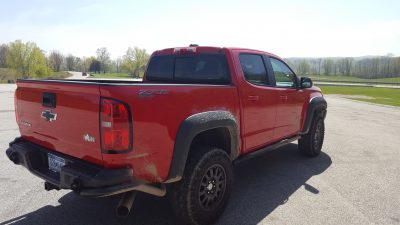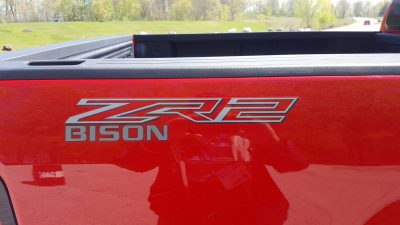The mid-size pickup truck market is booming, but that has always not been the case. For a number of years, the segment was a very stagnant sector of the broader pickup truck market, with the Toyota Tacoma being the benchmark offering for buyers that wanted a pickup, but did not want the bulk and bigger size that often comes with a full size offering. Chevrolet is no stranger to this segment, but the company has not always had the best of luck in its prior attempts at toppling the Tacoma. The 1980’s and 1990’s were dominated by the crude but rugged S-10, which was replaced in the new millennium by the crude, but sadly under engineered first generation Colorado. Chevrolet has not given up however, and went back to the drawing board when it came time to design the second generation Colorado. With renewed focus, more polish, and a better platform to boot, the Colorado aims to formally topple the Tacoma once and for all. But can the Colorado succeed where its clumsy ancestors failed? We were eager to find out.
Rugged and Ready To Play Styling:
To find out we spent some time with the off-road focused ZR2 which is supposed to compete in the off-road niche of the mid-size pickup truck segment against the Tacoma TRD Pro. Chevrolet is keen to tell you that this particular off-shoot of the broader segment is arguably where the bulk of mid-size truck sales exist, and the ZR2 brings a number of unique touches that should allow the truck to excel in this role. The exterior styling of the standard Colorado has always been a relatively inoffensive canvas, with the Colorado arguably being more pleasant to look at then its polarizing big brother the Silverado. But ZR2 models turn up the volume slightly, and transform the Colorado into a purposeful and potent off-road offering. Arguably, the most distinctive styling feature is the revised front clip which is higher and more aggressive than other Colorados. This is mainly designed to increase ground clearance, but it also allows curious viewers to get a good view of the various bits of off-road protection and cladding that lurk underneath the skin. There’s a healthy amount of Baja truck influence in the new front fascia, and it certainly does stand out more than the fore-mentioned Tacoma, which opts for a less radical approach to achieving its own high levels of ground clearance.
Unlike the majority of ZR2s that regularly lurk around Metro Detroit, our tester did not come equipped with the optional “Sport Bar” and we are glad it didn’t, since we think the sport bar negatively impacts the amount of curbside appeal that the ZR2 has when equipped with this particular detail. Our tester did arrive with several other welcome off-road focused goodies, including bigger wheel flares, knobby Goodyear Wrangler off-road tires, and specially designed rock rails. The rock rails are designed to help protect the underside from rogue pieces of debris, but the consequence is that shorter occupants (my eager fiancée included) will have a bit of a climb into the cabin, and will need to make liberal use of the interior grab handles due to the running boards being sacrificed for this particular feature. Getting into the bed is a relatively easy endeavor, with Chevrolet engineers fitting several tie down hooks to help keep loose cargo secured and the bed itself being capable of swallowing all but the biggest sheets of plywood.
Functionality And A Lack of Distinction Define The Cabin:
Unlike the exterior styling, the interior is a bit more restrained, and unfortunately it can be a bit difficult to find noticeable differences between the ZR2 and a standard issue Colorado. Like others of its breed, our tester’s cabin featured cheap feeling plastics, and some of them even felt a tad flimsy. The leather seats were also too firm, and the ZR2 embossed head rest is about as hard as some of the bricks that can be found in many of the construction projects that are currently dotting our slice of the world for the summer. Thankfully, the infotainment system in our rig was easy to use, and had hassle free operation during our time with it. Load times are competitive with other units in some of its rivals, and button placement is ergonomically pleasing with many of them being within easy reach of the driver.
But our biggest gripe is that there is not enough distinction in the cabin to truly tell you that you are driving something very special. Minus the headrests, the cabin is mainstream Colorado, and it would have been nice to see Chevrolet designers have a bit more fun with the idea by adding a visually distinctive steering wheel, seats, and shifter knob to truly set it apart from its relatives. Toyota does a better job in this arena, with its TRD Pro lineup featuring enough badging and minor trim alterations to drive home the point that you are driving something beyond the mainstream. Buyers looking to achieve some of this distinction will have to opt for the ZR2 Bison (pictured) which adds model exclusive AEV badging, and other exterior tweaks to make the truck stand out to passersby. This mighty trail busting herbivore also goes the extra mile in upgrades too, with five stamped boron-steel skid plates protect the truck’s innards, while stamped steel front and rear bumpers give it that raw edge that’s missing in the standard ZR2.
Trail Focused Performance:
The bulk of the ZR2’s changes are limited to the suspension and driveline technology, which means that the powertrain was left unchanged. A 3.6 liter V6 is standard on the ZR2, but our tester arrived with the optional 2.8 liter turbocharged Duramax four cylinder. Checking the box on this $3,500 option rewards the driver with 181 horsepower and a stout 369 lb-ft of torque. The diesel is also more fuel efficient than the V6, and it helps increase the Colorado’s towing capacity by 600 lb-ft. While this sounds like a potent combination at first glance, the diesel does sacrifice some of the V6’s on road eagerness to achieve its mission in life. The hefty 369 lb-ft of torque did help our tester have a bit of character off the line, but after that, the diesel transforms into a noisy overwhelmed beast that prefers to take its time going through the motions, with a very long climb to 60 mph waiting in store for those that take it out on the freeway. The six speed automatic that takes over for the eight speed in this spec does a good job rowing through the gears, but it annoyed us sometimes with its long downshifts. Annoyingly, Chevrolet still doesn’t offer a traditional gated manual mode for its transmission, and instead forces drivers to use an awkwardly placed thumb toggle on the left side of the shifter knob (a problem shared with the eight speed.) We hope Chevrolet will eventually ditch the toggle, and embrace a more traditional solution for those that like to shift the automatic themselves.
On a sunnier note, the numerous revisions the ZR2 has received to its handling hardware do play a big role in transforming it into a trail ready piece of machinery. There has been a lot said about Chevy’s trick Multimatic DSSV suspension system, but even the most detailed of descriptions pales in comparison to actually experiencing this wonderful system in action. The suspension helps the ZR2 remain compliant on even the roughest of trails, and even rougher sections of our off-road testing area did little to detract from its joyful nature. It’s also very compliant in on-road driving, and its level of comfort is arguably on par with some of the air suspension equipped Ram 1500s that we have tested. Our tester did a reasonably good job attacking corners, and did not get stage fright like other off-road focused offerings when presented with twistier sections of tarmac. But don’t mistake the ZR2 for a performance truck, it’s still an off-road focused beast of burden, and naturally features numb steering that delivers minimal amounts of feedback. In short, allow the ZR2 to stay in its natural habitat, and it will do a good job conquering anything you throw at it.
Value Quotient:
Pricing for the Colorado ZR2 starts at $42,500 which is a healthy premium over the base $21,000 Colorado, and is a noticeable jump over the less extreme $37,095 Z71 model. Much of the equipment on the ZR2 is from that model and that includes the heated seats, the 8.0 inch infotainment system, and the built in 4G LTE WiFi hotspot. Adding other options can cause the price to add up in a hurry, but our lightly optioned tester kept things simple, with only the $3,500 2.8 liter diesel engine and the $495 Cajun Red paint filling its rather lonely options sheet. All told, our rig rang in with a final sticker of $47,490 which is just under $50,000, but buyers can push that figure down closer to $45,000 by keeping the standard V6 intact.
The ZR2 does have an edge over the Jeep Gladiator Rubicon when it comes to value for the dollar, with the Jeep forcing you to pay extra for the 8.4 inch infotainment system versus having it standard on the Colorado. The Jeep also does not come with a diesel option, but the Gladiator can be equipped with a six speed manual to help give drivers more control over the engine when going over tougher sections of terrain. The Gladiator also features better plastics and interior trim than the ZR2 and we will give FCA kudos for adding subtle bits of differentiation for each Gladiator trim level.
A more traditional opponent for the ZR2 is arguably its biggest rival the Toyota Tacoma TRD Pro. The Tacoma has a base price of $42,660 and boasts advanced safety features at no additional charge. These include items such as automatic emergency braking, automatic high beams and even lane departure warning. The Tacoma was recently updated, but it still features an older design that is decidedly cruder than the Colorado’s, and despite Toyota’s best efforts, the interior is still a step behind the Colorado when it comes to physical button ergonomics and infotainment polish with Android Auto and Apple CarPlay capability being added (at long last) for the 2020 model year.
With ZR2 models representing about 10 percent of all Colorados sold, this special truck has plenty of pressure resting on its flared fenders. But what is on display here is a great first step (especially in Bison guise,) and we hope that once Chevrolet engineers add a bit more polish and distinction to the truck in its mid-cycle update, it can then truly transform into a segment leader that should give the Toyota Tacoma plenty of sleepless nights for years to come.
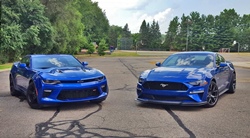
Carl Malek has been an automotive journalist for over 10 years. First starting out as a freelance photographer before making the transition to writing during college, his work has appeared on numerous automotive forums as well as websites such as Autoshopper.com.
Carl is also a big fan of British vehicles with the bulk of his devotion going to the Morgan Motor Company as well as offerings from Lotus, MG, and Caterham. When he is not writing about automobiles, Carl enjoys spending time with his family and friends in the Metro Detroit area, as well as spending time with his adorable pets.

